Pool compact
Can this system overheat?
The pool systems of the company PURION pool systems are not subject to overheating problems if the UVC system is switched on but there is no water flow.
How do I know which UV-C system is right for me?
For optimum effect, we recommend circulating the entire pool contents at least three times a day. However, the system should be in operation for at least 8 hours a day to ensure sufficient aeration and filtration. Our customer service team will be happy to help you determine the right dimensions.
How long does the system have to run to keep a pool free of algae?
There is a simple calculation for this: the pool contents should flow through the UV-C system at least three times a day in order to kill a large proportion of the algae through appropriate mixing. If algae growth is increased, for example during periods of extreme sunlight or after heavy rainfall or a thunderstorm, we recommend setting the circulation rate to four times in phases. Regardless of the circulation rate, we recommend operating the system for at least 8 hours a day to ensure sufficient aeration and filtration.
Is chlorine also required for pool cleaning?
If all three basic recommendations for the use of UV-C systems in the pool area are taken into account, the pool can be operated completely without chlorine. If necessary, the selective use of a biological flocculant is recommended. However, our high-quality UV-C lamps allow a combination of chlorine and UV-C, as no ozone is produced which would be reactive with chlorine.
What characterizes the UV-C systems from PURION what distinguishes them?
The high-quality UV-C lamps of the brand PURION are durable and very powerful. They produce a very high proportion of UV-C. The lamps we use in the pool area are also used in other systems for drinking water treatment. The UV lamps used do not emit any radiation below 250 nm, which prevents the formation of toxic ozone. This means that the PURION can be used in combination with other treatment processes that use chlorine, for example.
What requirements must be met for the electrical installation?
Our compact systems can be operated via regular sockets that have a standard household fuse rating of 10A or 16A. Ideally, these are also protected by a separate RCD/LCB designed for 30mA or better 10mA.
Do you recommend the use of ozone?
No, in our opinion ozone should not be used in the pool area under any circumstances. Ozone is highly toxic. Excess ozone must be destroyed again at great expense, and it is usually unclear how much ozone is left. In addition, ozone reacts with chlorine so that the effect of both processes is greatly reduced. Cheaply produced UV lamps often also emit radiation below 250 nm, which can cause ozone to form. This is the case with PURION excluded.
Why does the UV-C lamp have to be replaced after 10,000 hours even though it is still working?
Every UV-C lamp has a technical drop in UV-C output. The manufacturer guarantees that the system will still achieve 60% UV-C output after 10,000 hours. The data specified for the systems always refer to this 60% output. However, from a running time of 10,000 hours, the drop in output continues to increase. This means that the lamp is still working, but there is no longer enough UV-C output for an optimum disinfection result.
When do I need service life monitoring?
Lifetime monitoring is recommended for all users who do not leave the system switched on permanently. We recommend changing the lamp every 10,000 hours, as the manufacturer does not guarantee the performance, i.e. the amount of UV-C radiation dose required for safe disinfection, beyond this.
 Phone: +49 3641 327 9697
Phone: +49 3641 327 9697
 Official Purion dealer
Official Purion dealer
